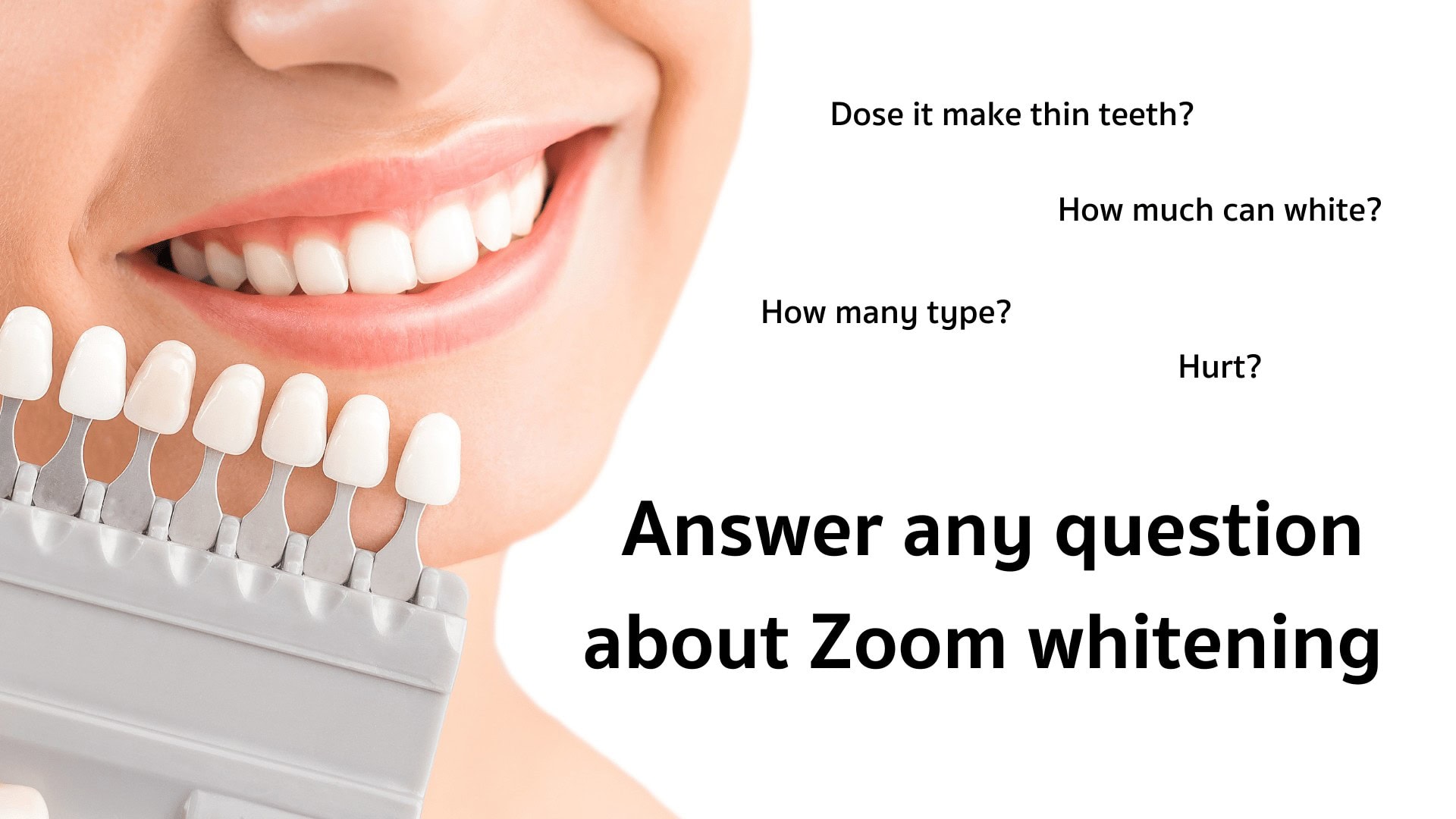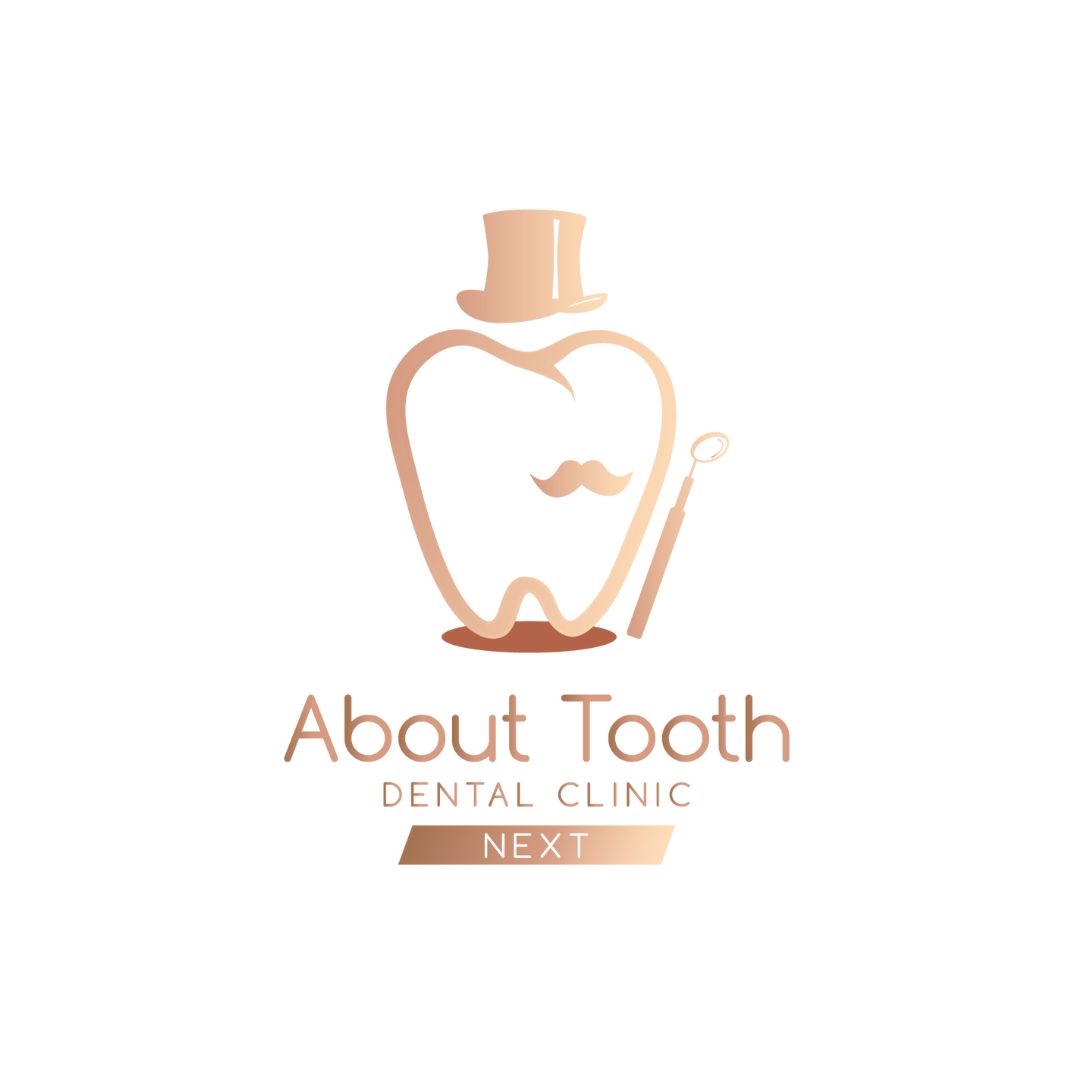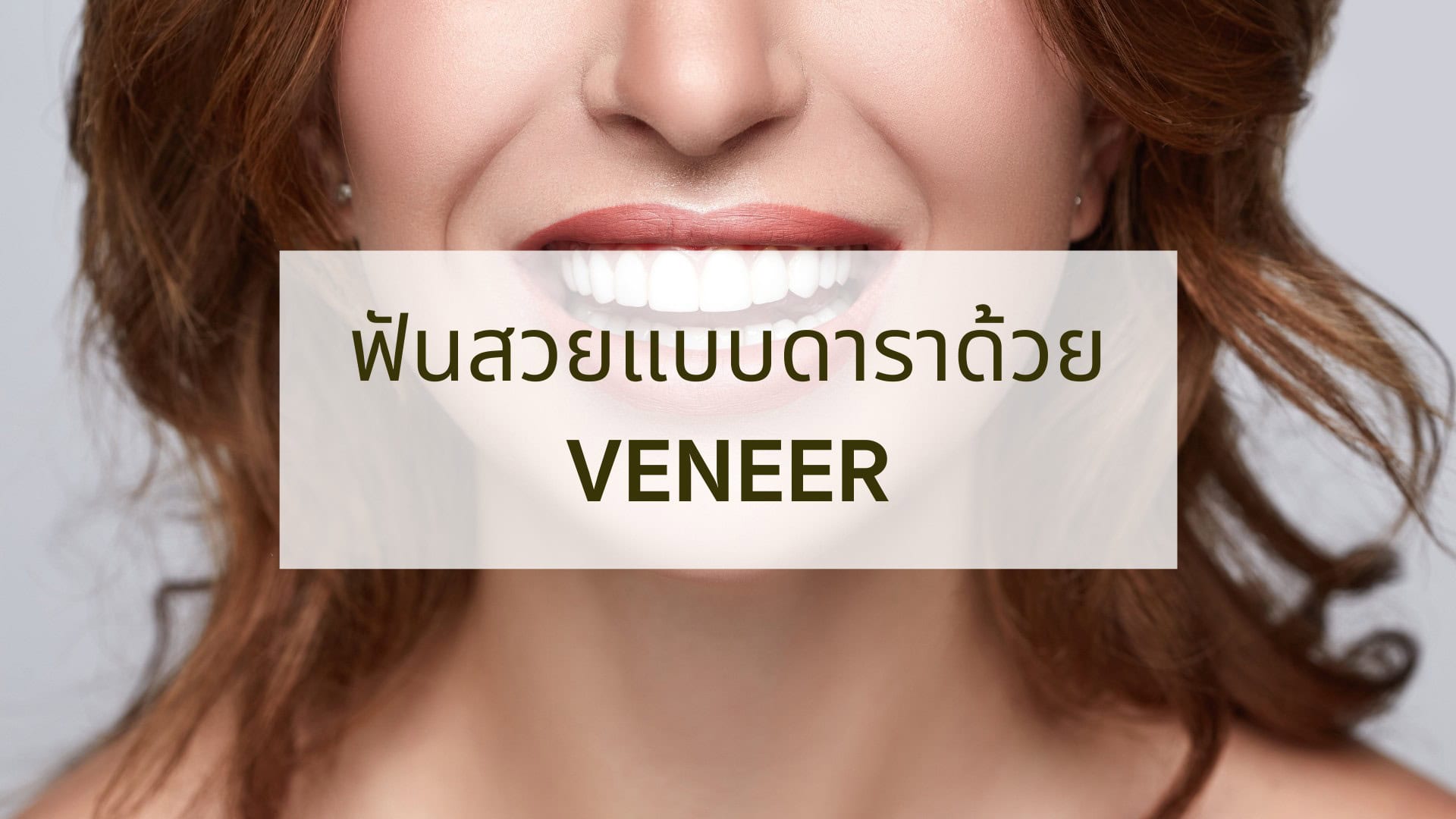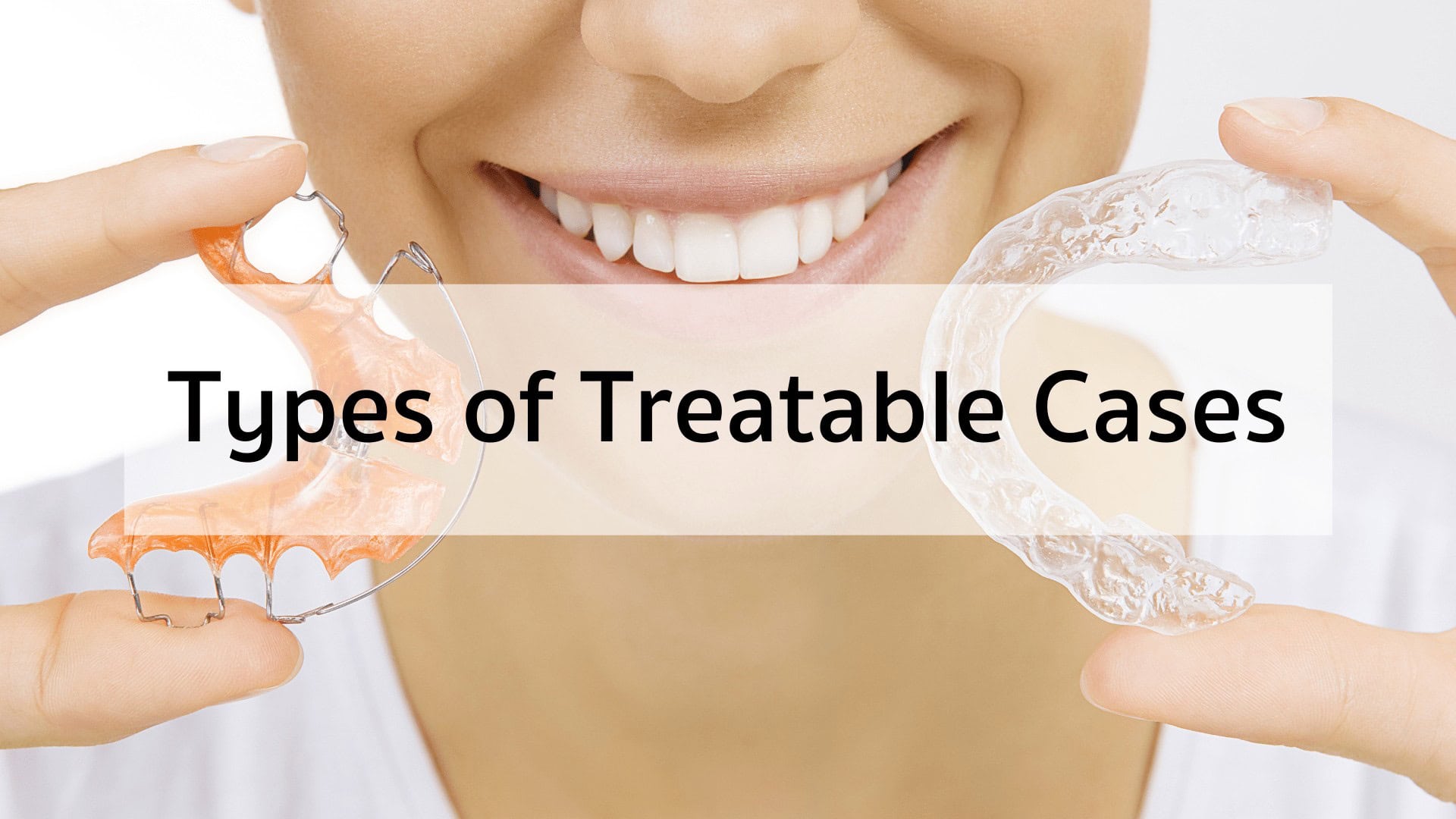
Answer any question about Zoom whitening
Teeth whitening has become the most popular dental treatment because it can make your teeth whiter and brighter. Naturally, Asians having yellow teeth but the color of your teeth depends on your genetic and enamel thickness. Bleaching teeth can help to fix the appearance of white spots and stains. How to get rid of yellow teeth? 1. In Dental Clinic – Apply the hydrogen peroxide gel teeth whitening progress, a gel containing a 15% or 30% concentration of hydrogen peroxide – The treatment will take 1-2 hours – The advantage of teeth whitening, getting your teeth whitened is fast – The disadvantage of teeth whitening, the treatment is more expensive than other options. The dentist would instead suggest that patients get re-treatment after every 6months – 1year. – Teeth whitening is offering a quick, non-invasive, and affordable way to enhance a smile. 2. What is the best way to whiten teeth at home? – Prepare for a tray and apply a teeth whitening gel, the amount of peroxide to put into the gel, according to your teeth’s requirements. The percentage can range between 3.5% to 20% – Each session lasts for 2-6 hours per day, and you will need up to 2-4 weeks to repeat use for full result – Advantage get your teeth whitened is fast – Disadvantages, it takes a long time for bleaching your teeth at home 3. Over the counter bleaching products There are many teeth whitening systems and products which are over the counter gel, strips, and whitening products you get from a dentist – A lower strength bleaching with about a 0.5% to 2% peroxide content, may have less of an effect. They can make a difference at a more affordable rate. Advantage lower cost at home whitening methods Disadvantage the lowest result in



